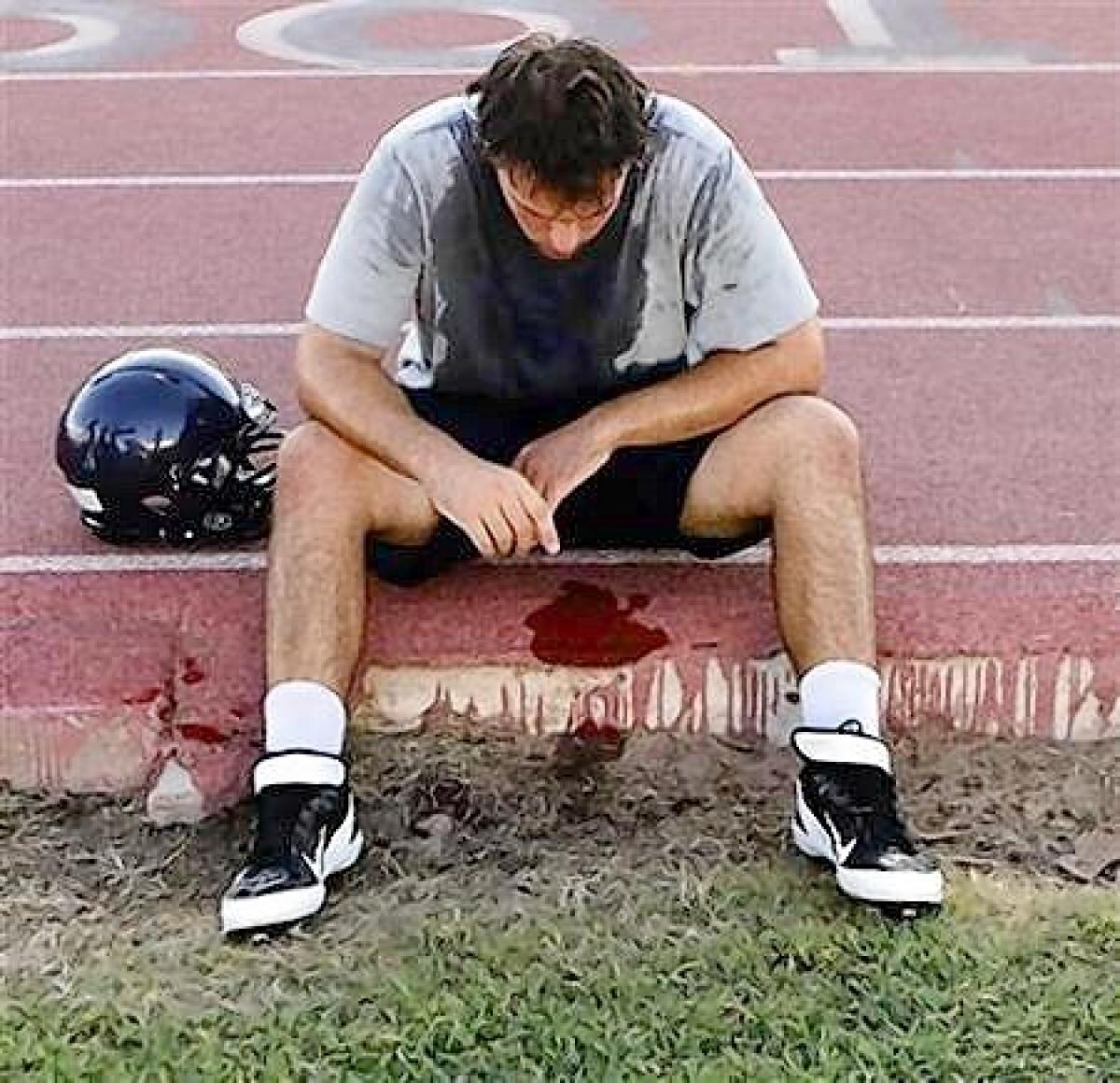Scientists warn of heat risk to high-school football

AUSTIN (Reuters) - Most high school football players who die from heat-related illness are overweight, in the first weeks of practice and on the field in the morning, when the humidity is high and coaches take cooler temperatures for granted, researchers said on Thursday.
In a summer that has seen record heat, severe droughts and four football-practice deaths, scientists and climatologists say the risks for players are higher than ever.
And they’re cautioning coaches and teams to put health over victory as practice kicks off across the United States this week amid a historic heat wave.
It can be easier said than done in a culture that glorifies high school football and demands excellence from its teams -- and often balks at attempts to reign in “two-a-day” practices and intense workout regimens, said Michael Bergeron, a professor and senior scientist at Sanford Medical Center at the University ofSouth Dakota.
When it comes to high school football, “a lot of people really take a lot of offense at any attempt at controlling it,” said Bergeron, a member of the Union of Concerned Scientists, which addressed reporters in a teleconference Thursday about the dangers high school players face.
Just in the past month, morning temperatures have been higher across the country than they have ever been, Deke Arndt, chief of the Climate Monitoring Branch ofNOAA’s National Climatic Data Center, said on the teleconference.
That raises the risks even further for players whose coaches believe mornings are less risky, the group said.
Some 123 players died from heat exhaustion between 1960 and 2009, said Andrew Grundstein, an associate professor at University of Georgia who has studiedhyperthermia among high school players.
The annual death rate has increased from an average of about one per year in the 1980s to a 2.8 yearly average in the last 15 years, possibly due to higher annual temperatures and bigger players, he said.
In recent decades, 95 percent of those players were overweight, 60 percent died after heat exposure in the morning hours, 85 percent were linemen, and a full two-thirds of them died in the first two weeks of the preseason, Grundstein said.
On Monday, a coach collapsed and died from a combination of heat and aheart condition in Plano, near Dallas.
Heat appeared to be a factor in the deaths of two high school players in Georgia and one in South Carolina in the past several days, though the official cause is still under investigation.
All three states have reported record heat in recent days.
In Texas, where extreme heat and high school football are as much a part of life as cowboys and country music, statewide standards for the players reflect how important those Friday night lights are, Tommy Knox, athletic director for the Austin school district, told Reuters.
Coaches have to be trained to treat heat illnesses and the players can’t wear oppressive equipment in the first days of preseason, among other regulations.
To keep the playing field level, coaches could not start working out the players in sport-specific drills until preseason started statewide on August 1.
But as of 10 years ago, Texas teams can have general workouts after school lets out, before the preseason, to keep them in shape and lessen their risks on the practice field.
“We feel like we’re unique in a good way here,” said Knox, who coached high school football for 30 years before becoming an administrator.
“We take our football very seriously, and it is a part of our culture -- a very large part of it -- and sometimes that gets us in trouble. Sometimes we make that competition and winning and the game of football maybe too important. But I don’t think we have in this case. We’re really watching it.”
Get our high school sports newsletter
Prep Rally is devoted to the SoCal high school sports experience, bringing you scores, stories and a behind-the-scenes look at what makes prep sports so popular.
You may occasionally receive promotional content from the Los Angeles Times.



